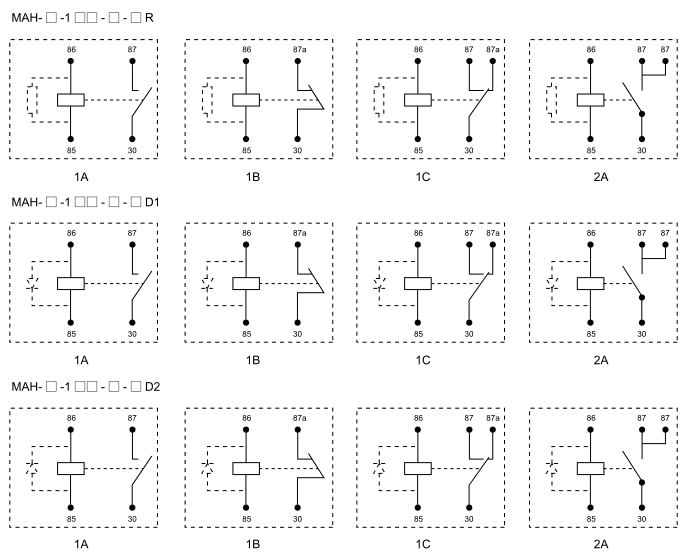A relay circuit is an essential component in the world of electrical and electronic systems. It serves as an electromagnetic switch, enabling low-power circuits to control high-power devices. Relay circuits are widely used in automation, protection systems, and signal processing, playing a crucial role in modern-day applications ranging from home appliances to industrial machinery. This article delves into the workings of relay circuits, their components, and real-world uses.

What Is a Relay Circuit? A relay circuit consists of a relay, which itself is an electromechanical switch. The core function of a relay is to use a small current to switch on or off a larger current in a separate circuit. The relay typically has a coil, one or more sets of contacts (such as normally open (NO) and normally closed (NC)), and a mechanism to physically move the contacts when the coil is energized. When current flows through the coil, it generates a magnetic field, causing the relay’s armature to move, which either opens or closes the contacts, depending on the configuration.